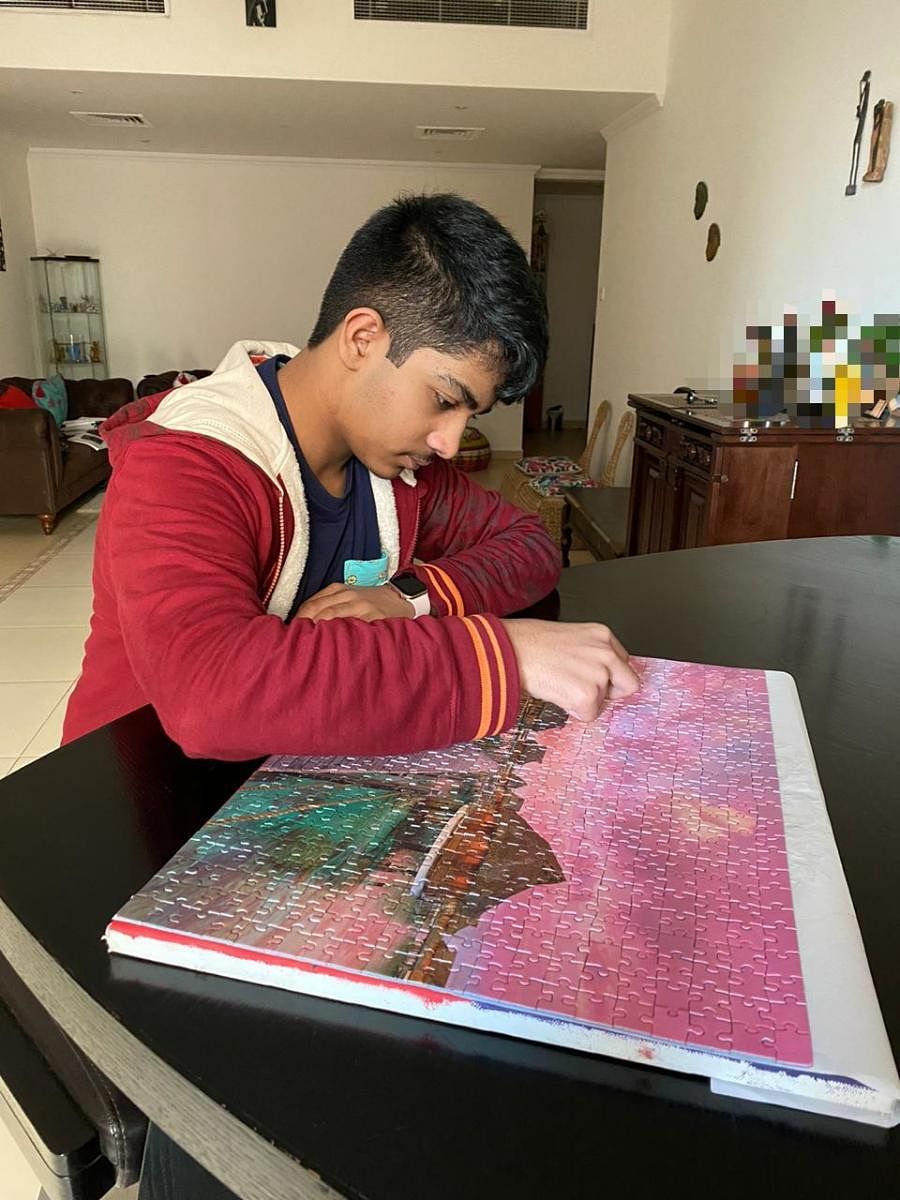
Since everything has moved online, discussions about screen time are common. Work, study and play is spent in front of a screen now. A growing number of people are trying to beat this by turning to old school entertainment — jigsaw puzzles.
Something about piecing together an image and giving your attention to a simple task, has drawn in people of all ages. Eleven-year-old Kevin Thomas says boredom sparked interest in the activity. “I spend almost four hours a day on my puzzles, it takes me three days to finish a 1,000-piece set,” he says.
Boredom was the instigator for 13-year-old Thomas as well. “I found an old puzzle that was lying around at home. I took my time with the piece and finished it in a month,” he says.
Puzzles are not just for youngsters. 84-year-old Vasanta Mohan started with 60-piece puzzles and moved on to more complex 500 piece ones soon.
She was so enamoured with them that to celebrate Janmashtami she completed a puzzle of Krishna paintings. “These puzzles are a challenge to the mind and food for cognitive ability. It’s always a delight to see the final product,” she says.
Nitin Thomas, 31, says he enjoys the challenge. “I opt for sets that have more than 1,000 pieces or something that’s equally difficult,” he says. He doesn’t set aside a time to complete the puzzle but does them as he pleases. Once complete, he frames the puzzle.
Shreya Pandey, a 22-year-old, was drawn to puzzles because her peers were all working on them. “It seemed like a fun family activity and I bought a big one so the family could assemble them together,” she says.
Bengaluru-based puzzle manufacturer Tacit games didn’t have a website before the pandemic, but had to create one because of the increased demand for puzzles.
“Without any marketing from our end, sales jumped by almost 120 per cent. People were reaching out to us asking for puzzles. They wanted something to creatively stimulate them,” says co-founder Kiran Kulkarni.
He adds that many valued “the tangible aspect of a puzzle at a time when everything has become virtual”.